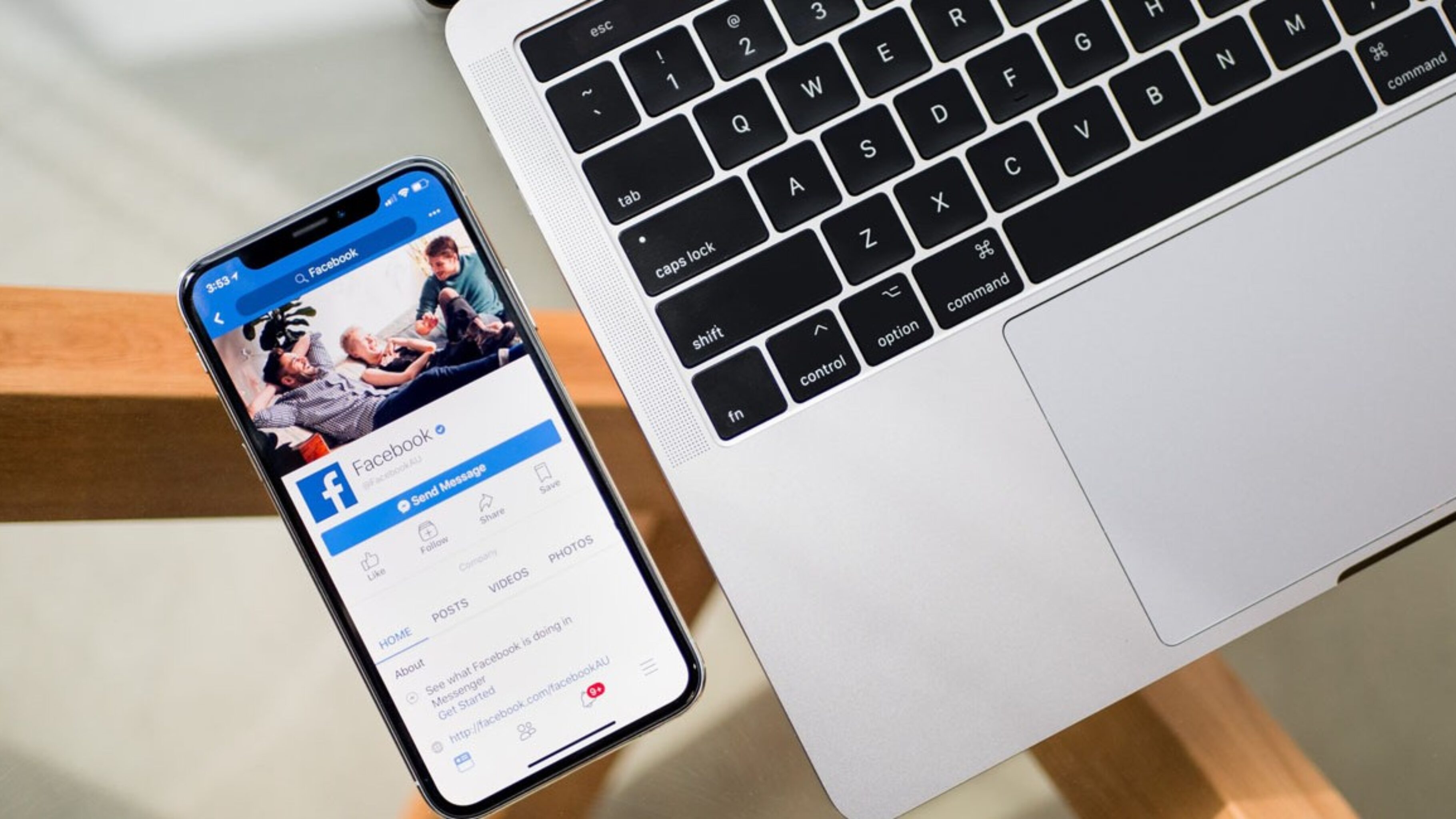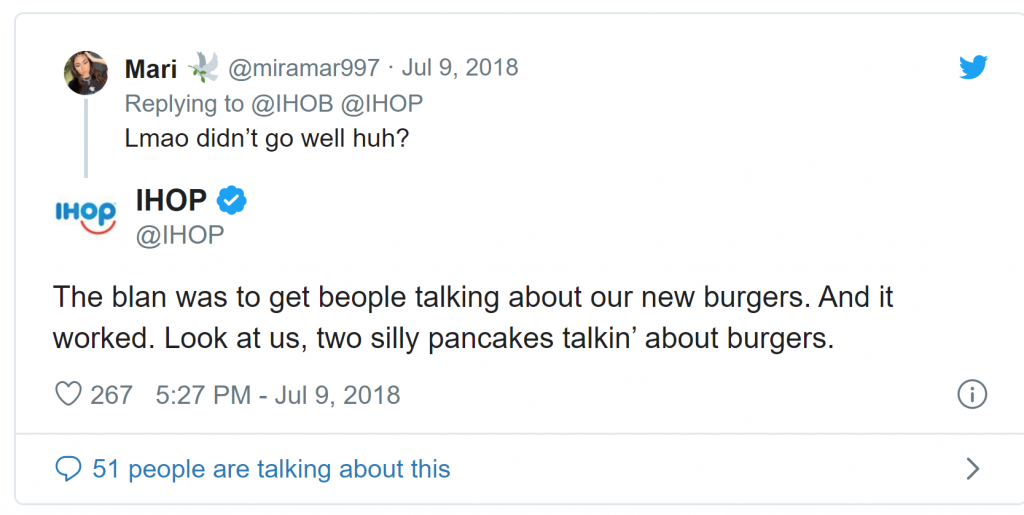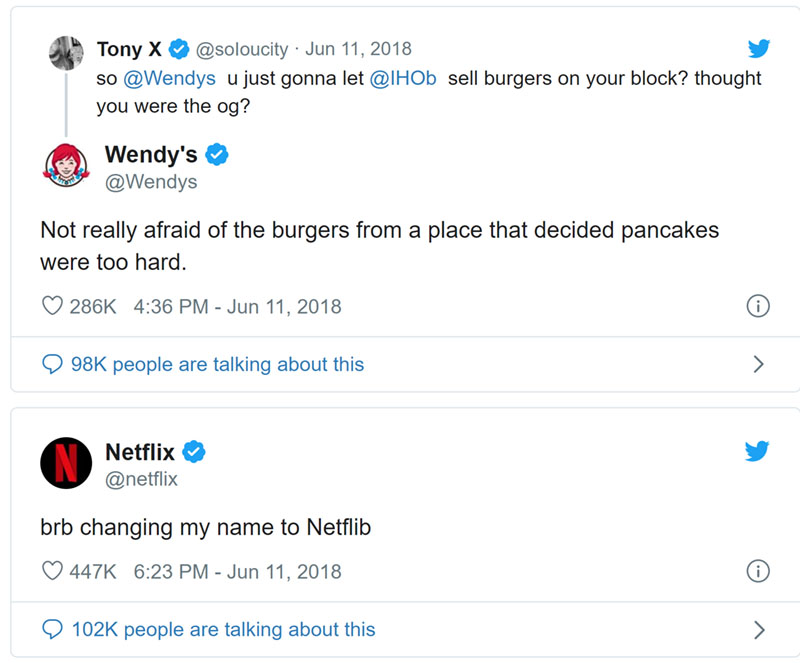What if, as a brand, you had the possibility of easily tracking, analysing and responding to conversations about your business directly to your audience on social media? In a nutshell, that’s what social listening is, but according to HubSpot, a more detailed definition encompasses the entire context a bit better:
“Social listening is the monitoring of your brand’s social media channels for any customer feedback and direct mentions of your brand or discussions regarding specific keywords, topics, competitors, or industries, followed by an analysis to gain insights and act on those opportunities”.
A lot of the time, social listening and social monitoring are mixed up. Social listening is a two-part process unlike social monitoring which only involves the tracking of social media mentions and conversations, but no action is taken. Social listening, on the other hand, is all about tracking and monitoring mentions of your brand on social channels while also analysing the information, learning from it and converting that into action. For example, the action can be defined as responding to a happy customer or even adjusting your brand positioning.
How to approach and start social listening today
There are easy ways you can start performing social listening today, that will allow you to create the kind of content your followers want to see. Social listening is quite similar to SEO; however, instead of optimising for search engines, brands are optimising for social media channels.
The various keywords and topics brands are listening for on social media will eventually evolve as customer preferences, and opinions are continually changing. With that, Hootsuite has identified a list of relevant keywords and topics to start monitoring from the very beginning to gain fundamental insight:
- Your brand name and handles
- Your product names, including common misspellings
- Your competitors’ brand and product names and misspellings
- Industry buzzwords
- Your and your competitor’s slogan
- Name of key people in your company and your competitors’ companies
- Campaign names or keywords
- Your branded hashtags and those of your competitors
- Unbranded hashtags related to your industry
This is a great substantial list that will yield plenty of results for brands in terms of social listening. Following the analysis, brands will discover more personalised keywords and topics to start monitoring that are more applicable to your and your competitors’ products.
There are also plenty of online tools marketers can use to start social listening like Hootsuite Insights, ReviewTracker, Talkwalker, Synthesio and Reddit Keyword Monitor, to name a few.
5 reasons why your brand should start social listening
Word-of-mouth marketing has become a prevalent scenario on social media. A happy customer shares their product on their Instagram profile, tag the brand and uses the associated hashtags. Now, the post will be visible to other potential or new users. They might even leave a comment asking a question, or directly messaging the brand. This is one of many ways customers communicate and speak out about a brand they love or dislike. No matter the reasons, brands should be prepared to respond to customers.
Communicate and build relationships
According to Sprout Social, 48% of customers purchase from a brand which is responsive to its audience on social media. Social listening can help your company increase its sales by successfully communicating with your target audience on the various social channels.
Customers want to be acknowledged by the brand they like. It is all about using the insights you gain from social listening to reply with responses that provide value. Customers who feel seen by the brand will be keener to return as a customer again and in turn, develop brand loyalty and a strong relationship.
Crisis management
Apart from good customer feedback and positive conversations with customers on social media, eventually, all brands will have to manage a PR crisis. Social listening is not only used to monitor and respond to the good news but also the bad, and this is when it comes in handy because it allows companies to address the issues quickly. One of the worst things a brand can do in a situation like this is to ignore the customer.
In 2018, the pancake brand IHOP released a social media campaign advertising their re-branding release to IHOB. Customers and even other brands like Netflix, Wendy’s and Burger King began criticising and making fun of the company. IHOP quickly responded to all the social media commentary and decided to take a lighthearted approach to the matter and jumped in on the criticism when replying to a customer.
Discover new opportunities
Social listening is also great for discovering new ways in which you need to improve your product or service. When a customer is sharing their opinion of your product, it’s a great time to consider all these criticisms and look at how you can innovate as a brand to offer a better product. Social media listening acts like a big online focus group. It gives brands the ability to be present, to listen and to learn from their customers.
Look out for competitors
Apart from communicating with new or returning customers, social listening is also beneficial to understand what your competitors are doing. Monitoring your competitor brands and their associated hashtags can help your company know what they are currently doing to get ahead in the marketplace. As seen from the previous example, competitor brands can also get involved in bad PR that other companies are facing, this is not a recommended practice, but again, some brands will do anything to get their name out there.
Find new sales leads
When it comes to social listening and discovering new sales leads, there is a thin line between social selling and marketing influencers. Social selling is all about identifying potential prospects, establish a rapport with them and their network and hence selling your product. It all sounds quite similar to identifying potential social media influencers and sending them your product in the hope that their followers will purchase it. But this is where social listening comes into play. It is the primary step in identifying all these potential leads.
In a previous interview with Claire Buckley, CEO of Buck & Hound, she spoke about how “identifying accounts that have the sort of followers we want, and looking at them and their content, and engaging with them, is very important to connect with the potential customer base correctly“.
Reaching out as a brand and making a connection will help to establish your brands’ credibility and share content that adds value to peoples’ lives. According to HubSpot, 68% of customers like when brands join their conversations, and 83% like when brands respond to their questions. There is no doubt that social listening should be an integral part of every brands’ digital marketing strategy. With so many tools now available to start and make the process much more accessible than ever before, it is time to begin social listening.











